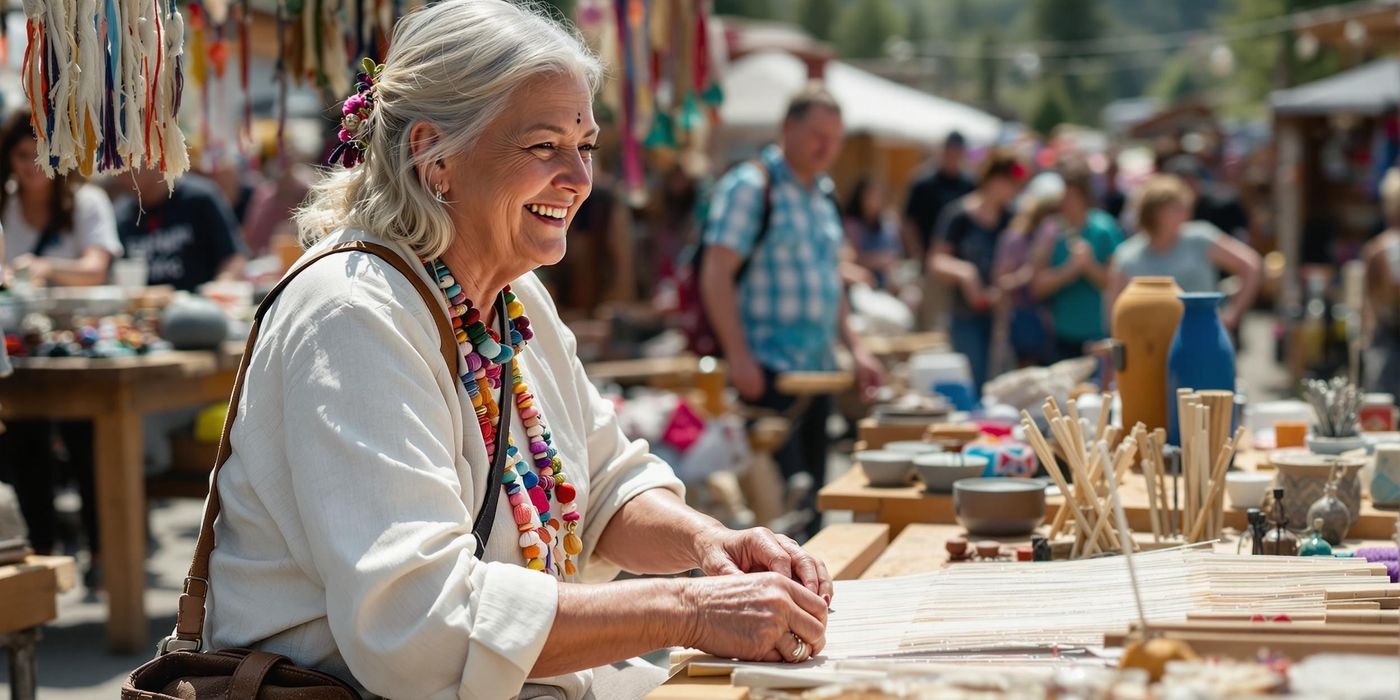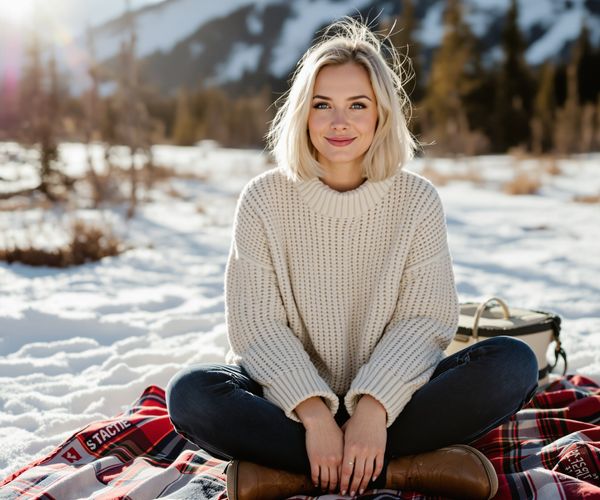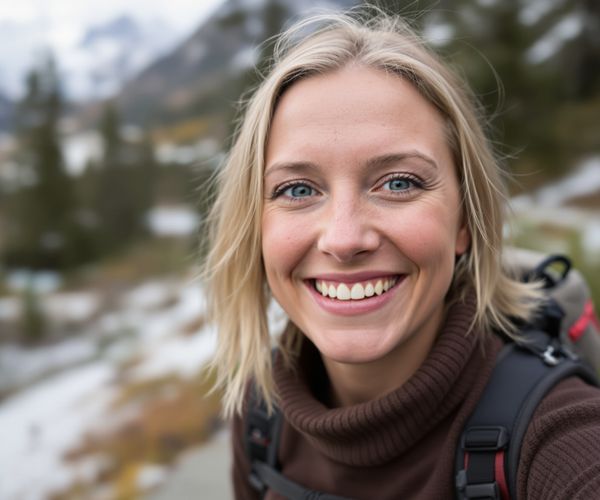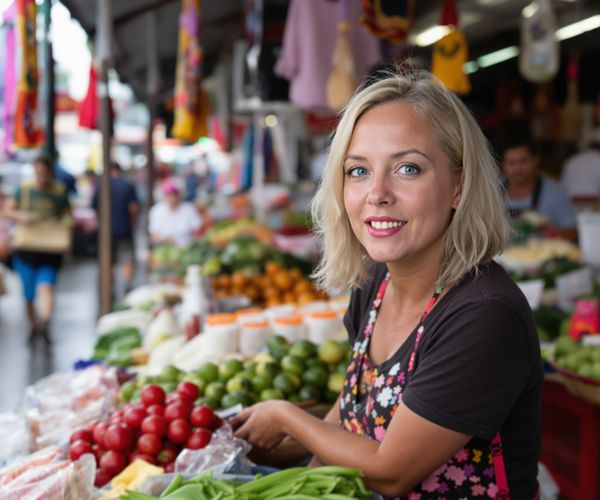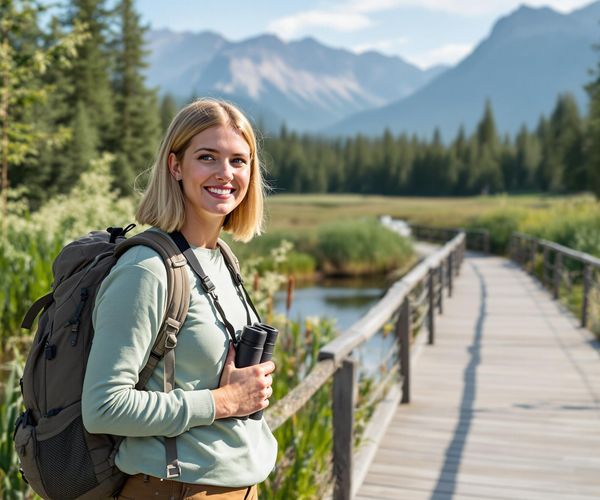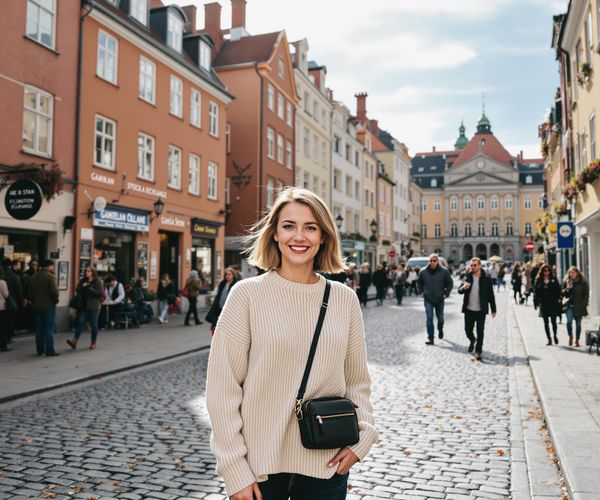As a landscape and adventure photographer, I've had the incredible privilege of exploring some of the most breathtaking corners of our planet. But beyond the stunning vistas and thrilling adventures, it's the connections I've made with the people who call these places home that have truly enriched my life. In particular, my interactions with Indigenous communities have taught me invaluable lessons about respect, reciprocity, and the importance of cultural understanding.
In this article, I want to share some insights on how to engage with Indigenous cultures respectfully and responsibly during your travels. These are lessons I’ve learned through experience, observation, and, most importantly, listening.
Understanding the Importance of Respectful Engagement
Cultural immersion, at its best, is a mutually beneficial exchange. For travelers, it offers a chance to broaden their perspectives, learn about different ways of life, and gain a deeper appreciation for the world's rich cultural diversity. For Indigenous communities, responsible tourism can provide economic opportunities, support cultural preservation, and foster cross-cultural understanding.
However, it's crucial to acknowledge the potential negative impacts of disrespectful or exploitative tourism. These can range from the commodification of cultural practices to the desecration of sacred sites. As travelers, we have a responsibility to minimize our impact and ensure that our interactions are ethical and sustainable.
From my perspective as a landscape and adventure photographer, this responsibility is paramount. When I visit Indigenous lands, I am a guest, and I must act accordingly. This means approaching each interaction with humility, curiosity, and a genuine desire to learn.
Doing Your Homework: Research and Preparation
Before embarking on any trip that involves interacting with Indigenous communities, it's essential to do your homework. This means researching the specific community you plan to visit, learning about their history, culture, traditions, and current issues. Reliable sources of information can include academic articles, documentaries, and Indigenous-led organizations.
One of the most important aspects of preparation is learning about local protocols, customs, and etiquette. What is considered polite or impolite behavior? Are there specific dress codes or gestures to be aware of? Understanding these nuances can help you avoid unintentional offense and demonstrate your respect for the local culture.
When planning your trip, seek out tour operators or guides who prioritize ethical and sustainable tourism practices. Look for companies that work in partnership with Indigenous communities, employ local guides, and contribute to community development.
Personally, I prepare extensively for my photography trips. I try to learn a few basic phrases in the local language, research cultural norms, and read about the community's history and traditions. This preparation not only enhances my interactions with locals but also allows me to capture more meaningful and authentic images.
Seeking Permission and Building Relationships
In many Indigenous cultures, seeking permission is a fundamental act of respect. Before visiting Indigenous lands or participating in cultural activities, it's essential to seek permission from community leaders or representatives. This demonstrates that you recognize their sovereignty and respect their right to self-determination.
When approaching community leaders, be prepared to explain your intentions clearly and respectfully. Be honest about your goals and be open to their feedback and suggestions. Remember that they have the right to say no, and you should respect their decision.
Beyond seeking permission, it's important to focus on building genuine relationships with Indigenous people based on trust and mutual respect. This means taking the time to listen to their stories, learn about their perspectives, and understand their concerns.
As a photographer, I always strive to build collaborative relationships with the people I photograph. I believe that storytelling is a powerful tool for fostering understanding and promoting cultural exchange. By working together with Indigenous communities, I can help amplify their voices and share their stories with the world.
Supporting Local Artisans and Businesses
When traveling in Indigenous communities, be mindful of your purchasing decisions. Ethical considerations should guide your choices when buying souvenirs or participating in cultural experiences.
Supporting local artisans and businesses that directly benefit Indigenous communities is a great way to contribute to their economic well-being. Look for products that are made locally, using traditional techniques and sustainable materials.
Be wary of exploitative or inauthentic products and experiences. Avoid purchasing items that are mass-produced or that exploit Indigenous cultural heritage. Instead, seek out Indigenous-owned businesses and initiatives that are committed to preserving their culture and traditions.
I've had the privilege of working with Indigenous artisans on several occasions, and I'm always amazed by their skill and creativity. By promoting their work through my photography, I hope to help them reach a wider audience and sustain their traditional crafts.
Respecting Cultural Protocols and Sacred Sites
When visiting sacred sites or participating in cultural ceremonies, it's essential to behave respectfully. This means following local customs and traditions, even if they differ from your own.
Avoid photography or recording without explicit permission. In many Indigenous cultures, certain ceremonies or sites are considered sacred and should not be photographed or filmed. Always ask for permission before taking any pictures or videos.
Respect privacy and personal boundaries. Be mindful of your surroundings and avoid intruding on private spaces or conversations.
As a landscape photographer, I'm acutely aware of the spiritual significance of the places I photograph. I approach these places with reverence and humility, seeking to capture their beauty without disrupting their natural harmony.
Engaging in Meaningful Dialogue and Learning
One of the most rewarding aspects of cultural immersion is the opportunity to engage in open and honest dialogue with Indigenous people. This means actively listening to their stories, perspectives, and concerns.
Be willing to challenge your own assumptions and biases. We all have preconceived notions about different cultures, and it's important to be open to questioning these beliefs.
Learn about the historical and ongoing injustices faced by Indigenous communities. Understanding the context of their struggles can help you become a more informed and empathetic traveler.
I believe that my platform as a photographer gives me a unique opportunity to amplify Indigenous voices and promote understanding. By sharing their stories and perspectives, I hope to inspire others to learn more about their cultures and support their rights.
Giving Back and Contributing to Community Well-being
Finally, consider ways to give back to Indigenous communities through volunteering, donations, or advocacy. Support initiatives that promote education, health, and cultural preservation.
Be mindful of the long-term impact of your actions on the community's well-being. Think about how you can contribute to their sustainable development and help them thrive for generations to come.
In my own work, I'm committed to supporting wildlife conservation and local initiatives through my photography. By donating a portion of my profits to these causes, I hope to make a positive impact on the communities I visit.
Traveling to and learning from Indigenous communities is an honor and a privilege. By engaging respectfully, seeking permission, and supporting local initiatives, we can ensure that our travels are both enriching and sustainable.
Learn how to engage with indigenous cultures respectfully and responsibly during your travels. As a landscape and adventure photographer, I've learned invaluable lessons about respect.


